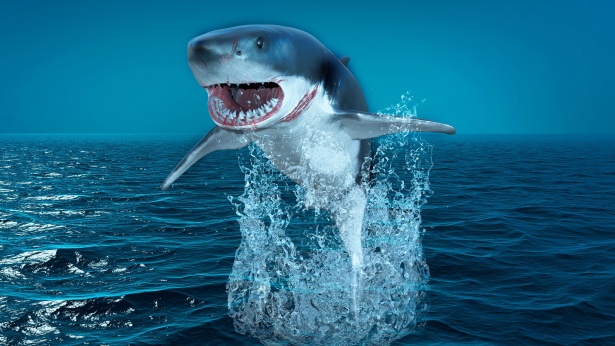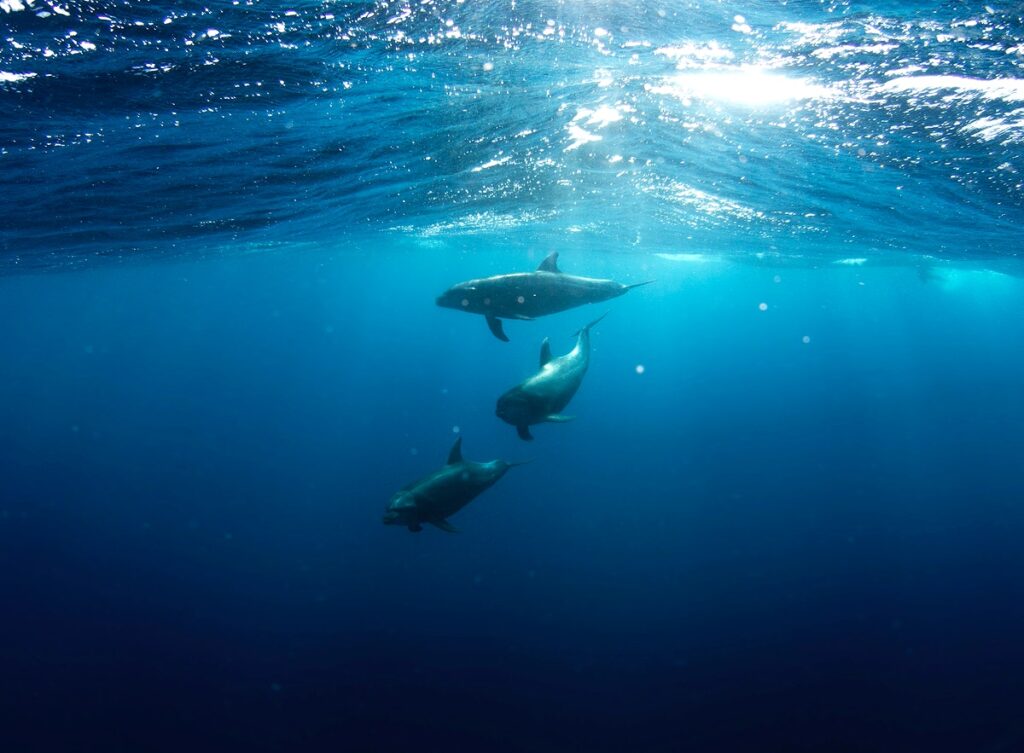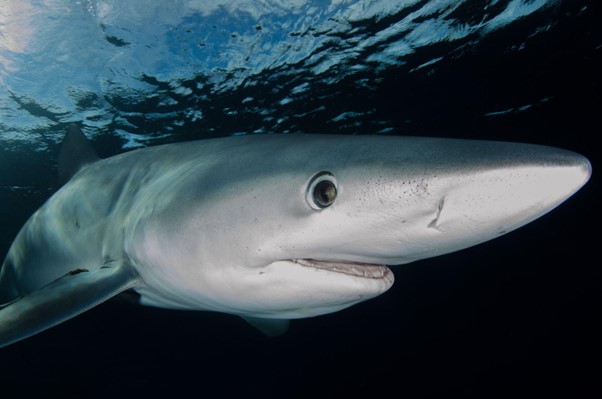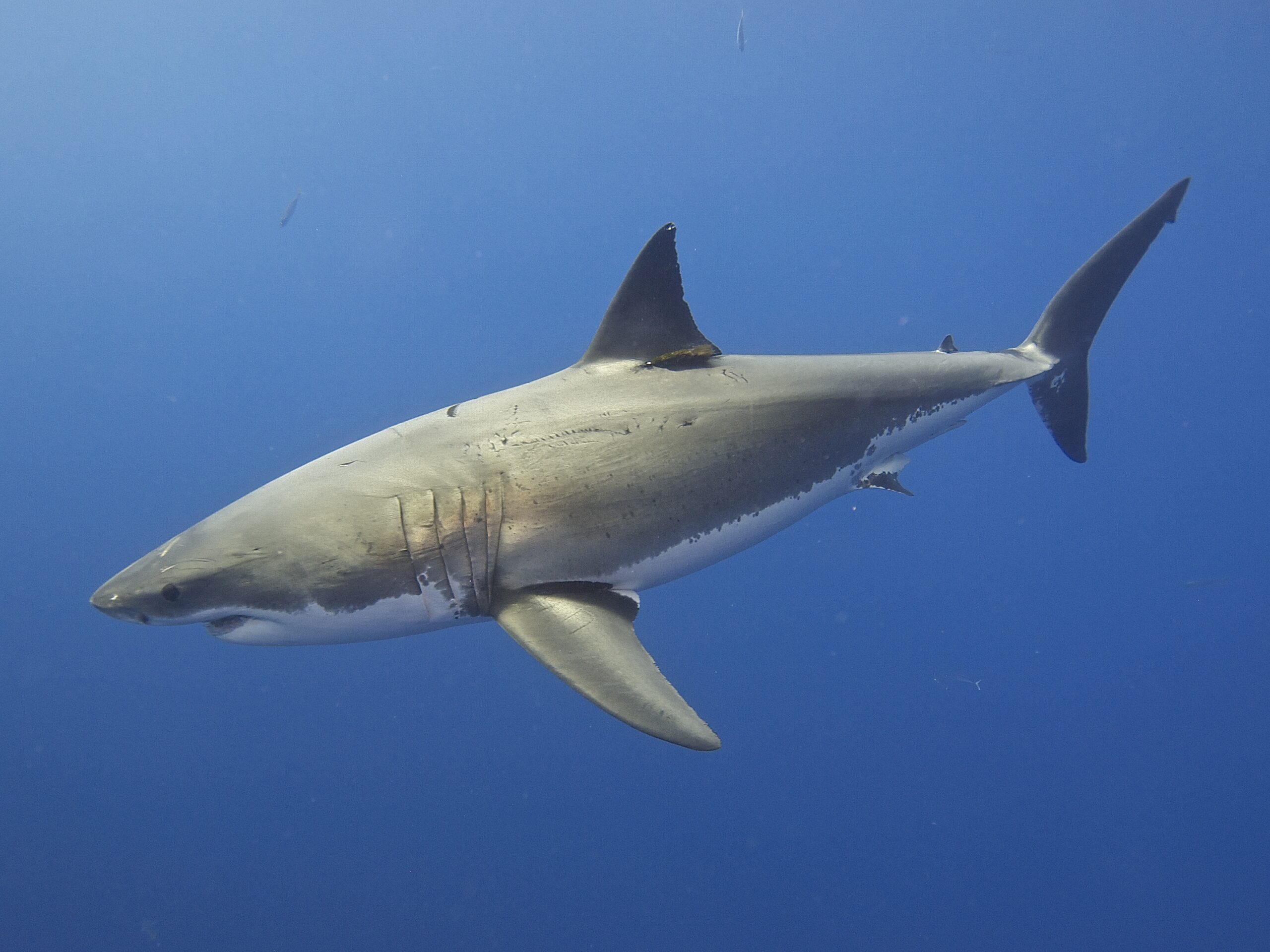We all know that sharks are the most interesting but misunderstood creatures of the ocean, they are much more than just a killer, they are best known for being the top predator of the food web and the balancing factor of the ecosystem but they could be better explored on the basis of their unique working capability of their body.
Do sharks have bones? If yes – how many bones do they have? Well, the answer is “Zero”. What? Sharks without bones? Instead of bones, what do they have? Let’s find out!
Sharks have bones – yes or no?
It sounds strange that there is no bone in the body of sharks, they do not have a skeleton made up of bones instead their skeleton is made up of cartilage and connective tissues which makes their skin and muscles tough and strong. Like human beings, sharks do not need bones to maintain the shape or their body and to keep the internal organs stable. In fact the skeleton does not grow as they get older– like the skeleton of mammals grows. Throughout their lifespan, as they grow older, they increase the length and width of their body rather than height.
What do sharks have instead of bones?
In contrast with vertebrate animals, sharks don’t have bones, they have a very light weight skeleton made up of cartilage. The cartilage skeleton is much more flexible than bones, the cartilaginous skeleton is present all over their body which gives them enough strength to swim swiftly deep in the ocean water and protect the internal organs. Furthermore, sharks are without ribcage and collarbones, which helps them to move with high speed when chasing the prey.
Sharks don’t have bones – why?
As you already know sharks are huge and heavy weight predatory animals, the average weight of sharks is around 8,000 pounds. Interestingly, they will struggle to cope with their weight if they live out of the water, they will probably die under their own weight due to suffocation if they have bones. This is the reason why sharks have no bones or no rib cage.
Why do sharks have cartilaginous skeletons?
The answer to this question is very simple – sharks need a cartilaginous body for their survival, they are heavy weight animals, instead of bones they evolved to have cartilage skeleton so that they can swim at a faster speed and with more swiftness. Moreover, the cartilage skeleton has low density which helps them to carry their weight while swimming.
Another reason is that sharks do not possess swim bladders, which is why they are completely dependent upon their cartilage skeleton to conserve energy when they swim in the ocean water. So we can say that sharks are very lucky to have cartilaginous skeletons rather than bones.
Pros of having cartilage skeleton
Having skeleton made up of cartilage is benefits for sharks in the following waye:
- The cartilage provides elasticity and helps the sharks to become good swimmers and predators.
- Cartilage helps sharks in weight reduction and protects them from enemies by swimming swiftly.
- When sharks get injured, cartilage skeleton provides the healing so that nothing severe happens to them.
- Cartilage skeleton provides sharks with buoyancy and helps them to float as they do not have a swim bladder.
- The flexible cartilage helps the sharks to extend their jaws while catching their prey.
What does it conclude?
Instead of bones sharks have a skeleton made up of cartilage which provides them strength and flexibility making them one of the most powerful creatures of the oceanic world. In conclusion , try to conclude the article by giving a short summary, your own analysis, recommendation or anything!







